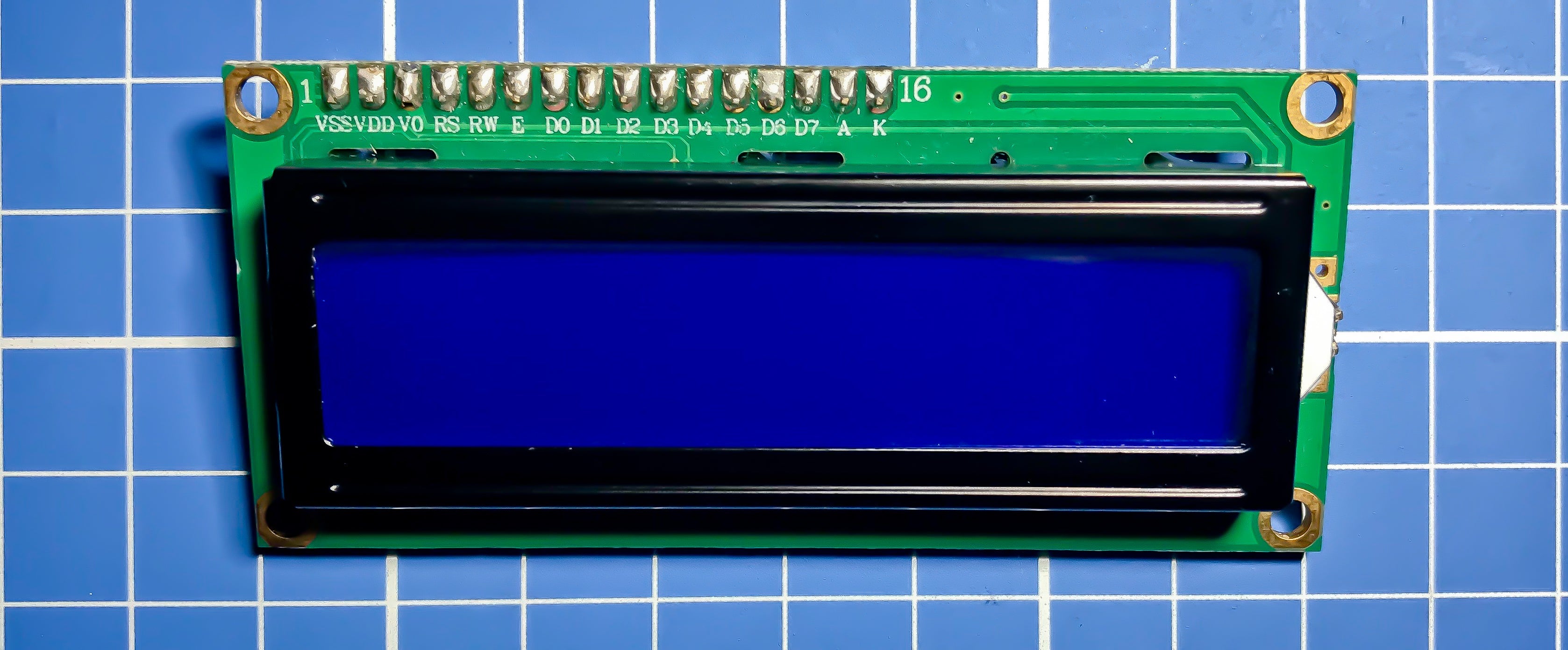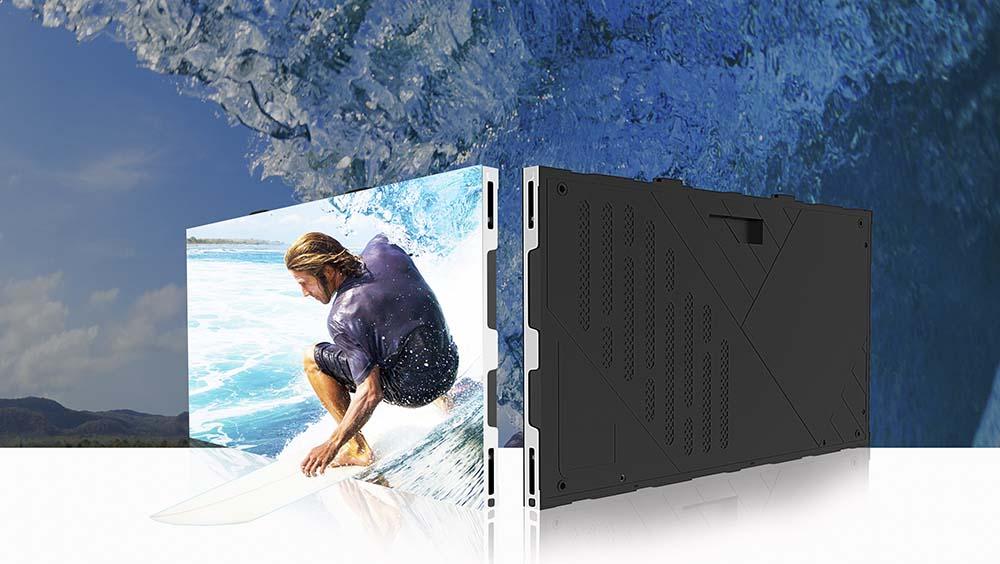
Deciding between SMD and COB LED displays depends on use cases: SMD, common in outdoor signs, offers 1500-2000 nits brightness for visibility but struggles with single-bulb repairs; COB, pricier ye...

Deciding between IPS and PLS LCDs? PLS often shines slightly brighter, boasting ~350 nits vs. IPS’s ~320 nits, while both offer near-178-degree wide viewing angles; though IPS leads in color accura...
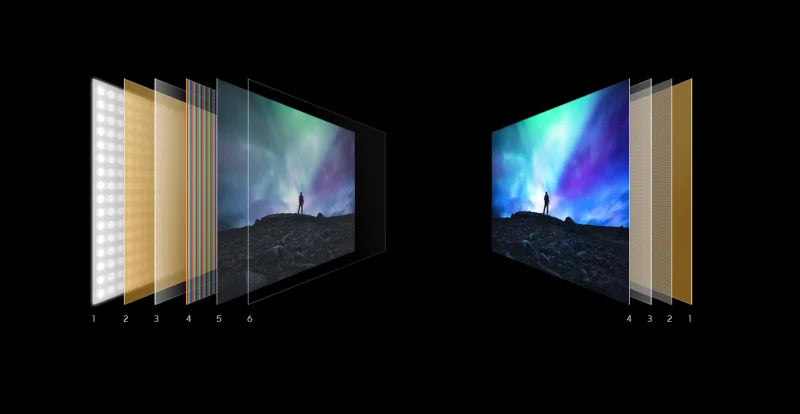
Deciding if OLED or LCD is better hinges on priorities: OLED, with its 1,000,000:1 contrast ratio (vs. LCD’s ~1,000:1), offers deeper blacks and vibrant colors since each pixel self-emits light, wh...
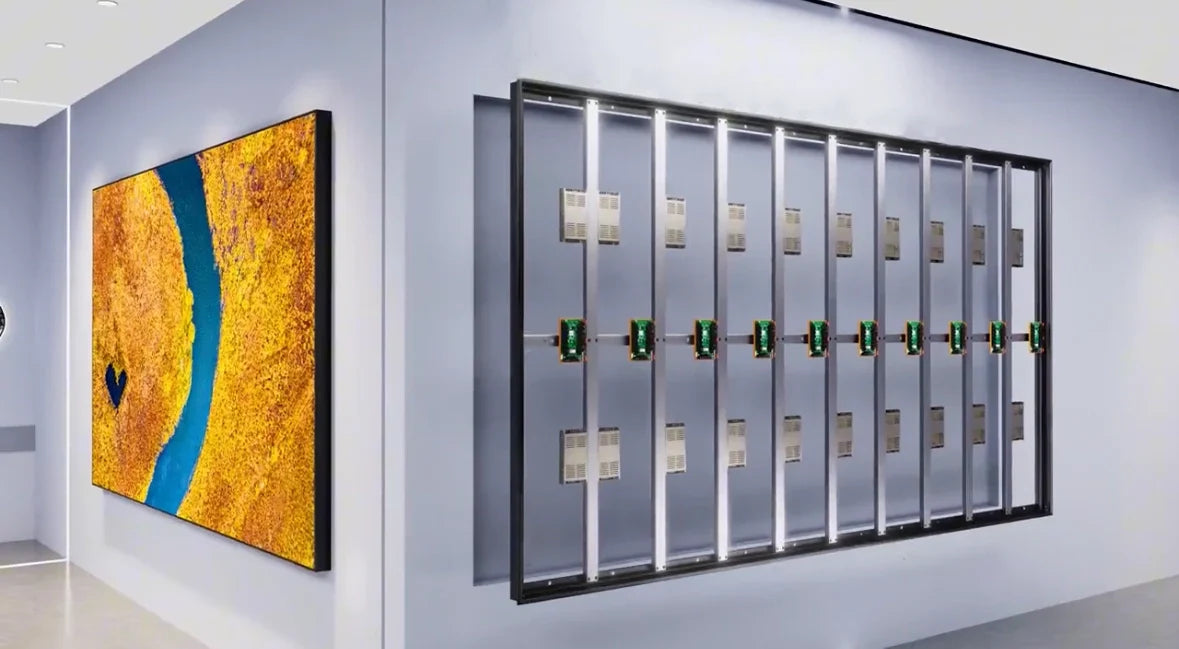
A modular display is a versatile presentation system built from interlocking panels or units (typically 18-24 inches per side), often crafted from lightweight aluminum or acrylic, enabling quick as...
Yes, you can use an LCD without an I2C module by connecting it directly via parallel interfaces like 8-bit or 4-bit mode; for example, a common 16x2 LCD typically requires 16 GPIO pins (8 data + 3 ...
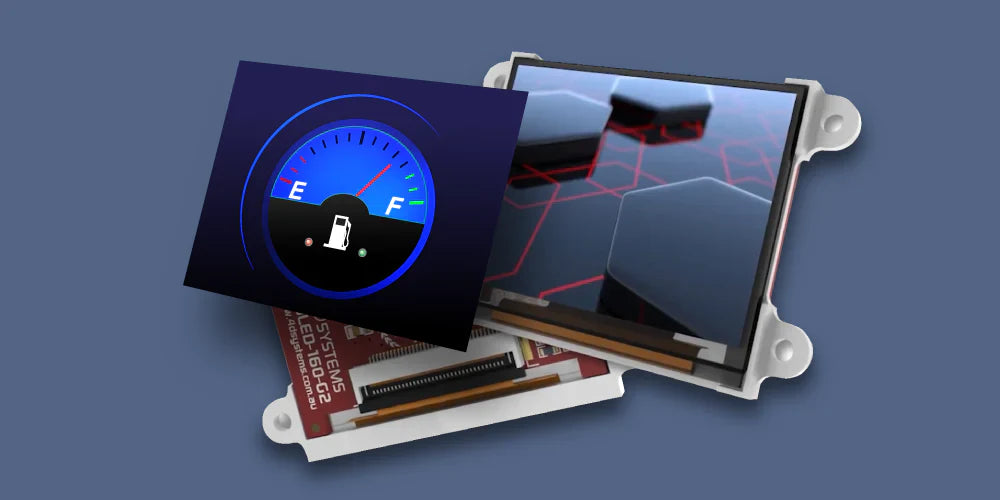
A display module primarily converts electronic signals into visible images or text, serving as a key interface for conveying information across devices like smartphones, car dashboards, and smartwa...
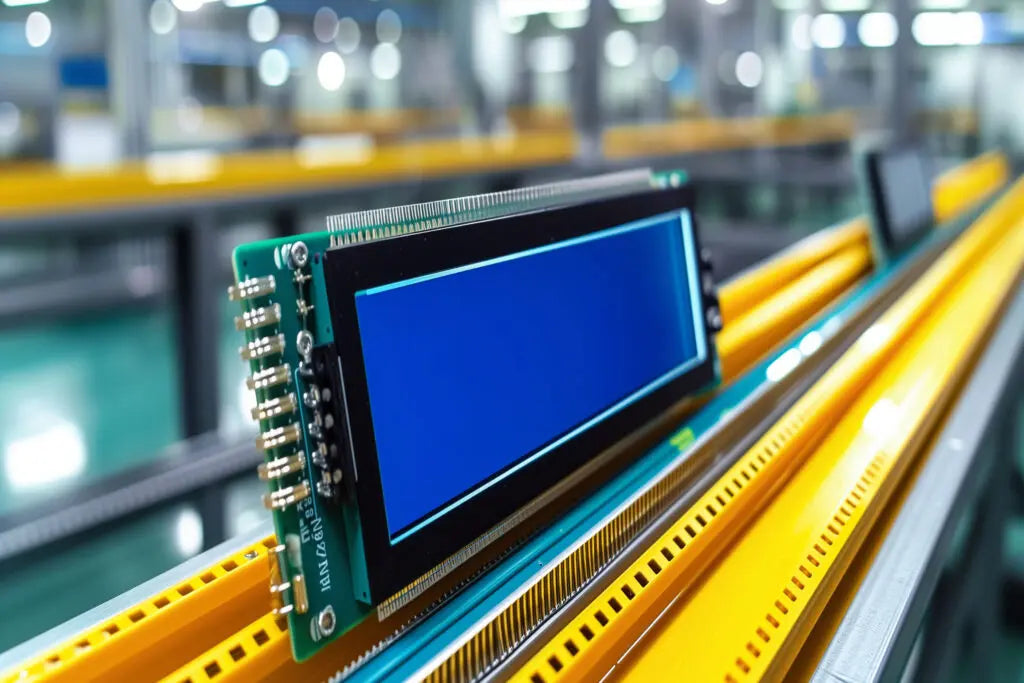
Three common display module types include LCDs (Liquid Crystal Displays), using liquid crystals to filter backlight for images, often seen in budget smartphones with ~720p resolution; OLEDs (Organi...
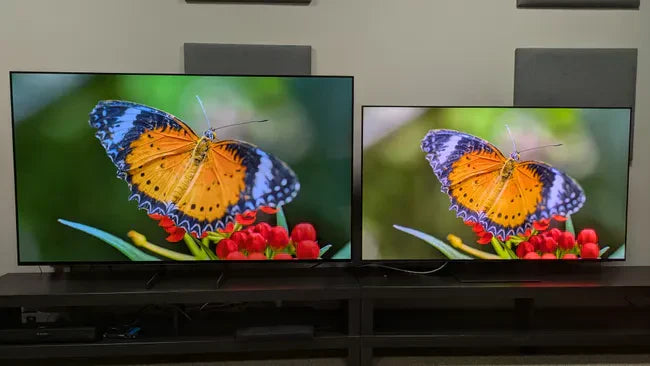
Choosing between OLED and DLED depends on needs: OLED delivers true blacks (infinite contrast ratio) with pixel-level dimming for rich colors, great for dark rooms, while DLED (LED-backlit LCD) hit...
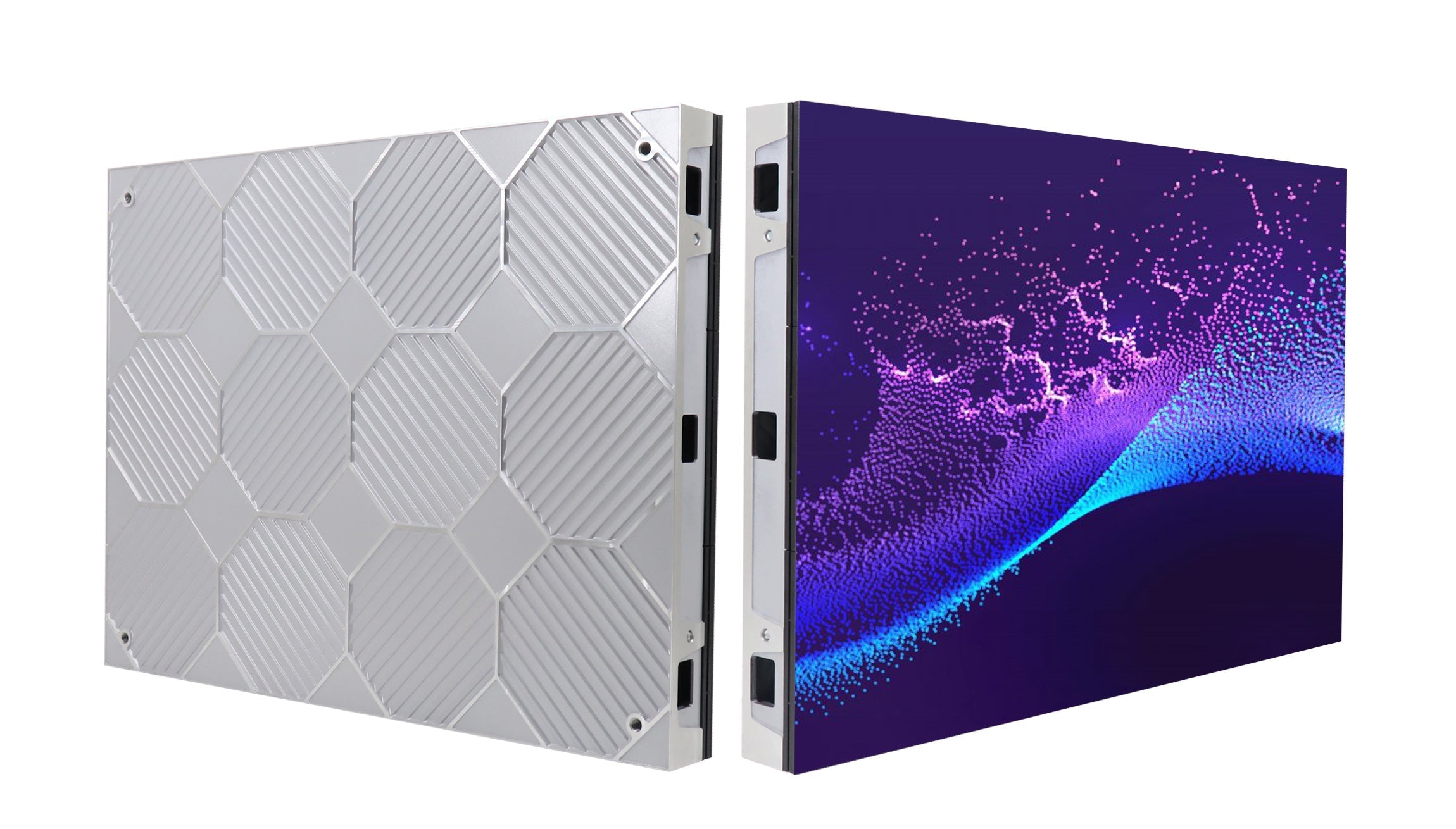
A screen module, a self-contained display unit integrating components like LCD/LED panels, driver circuits, and sometimes touch sensors, typically measures 10-15 inches diagonally with a 1920x1080 ...


